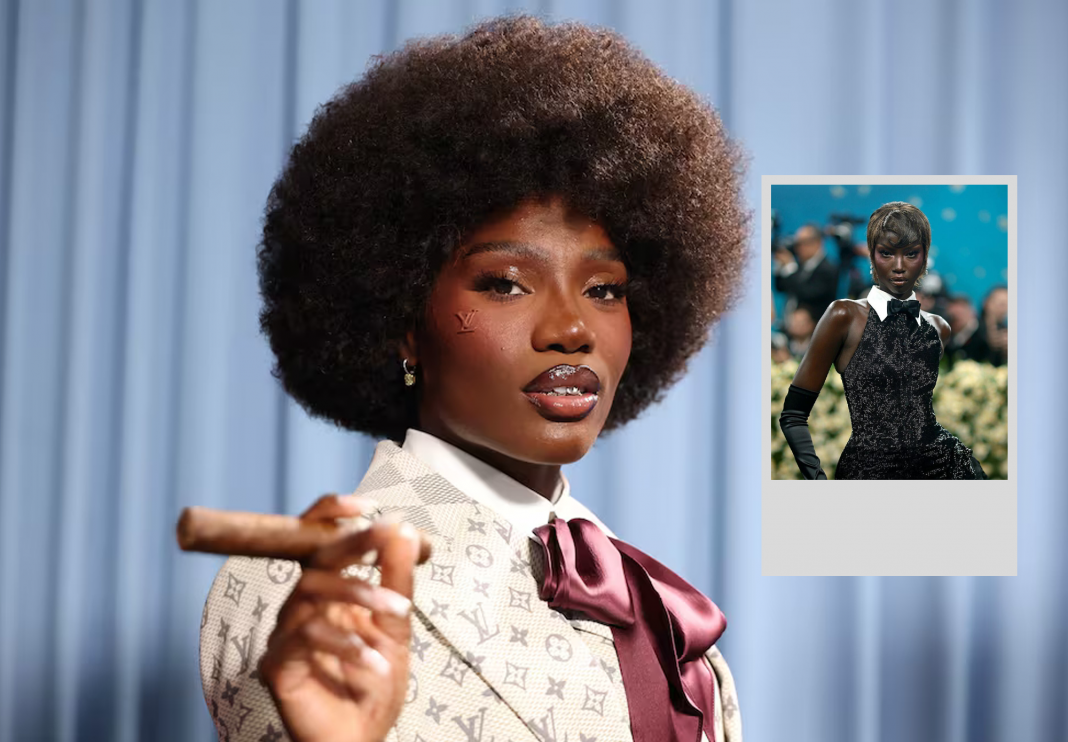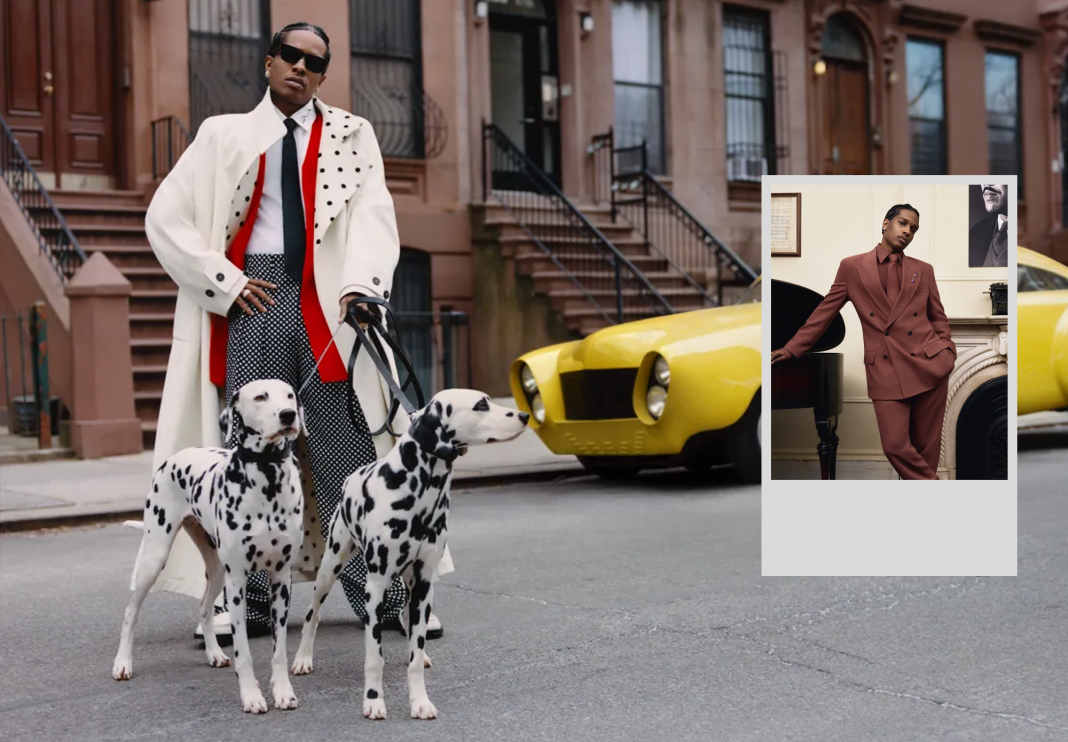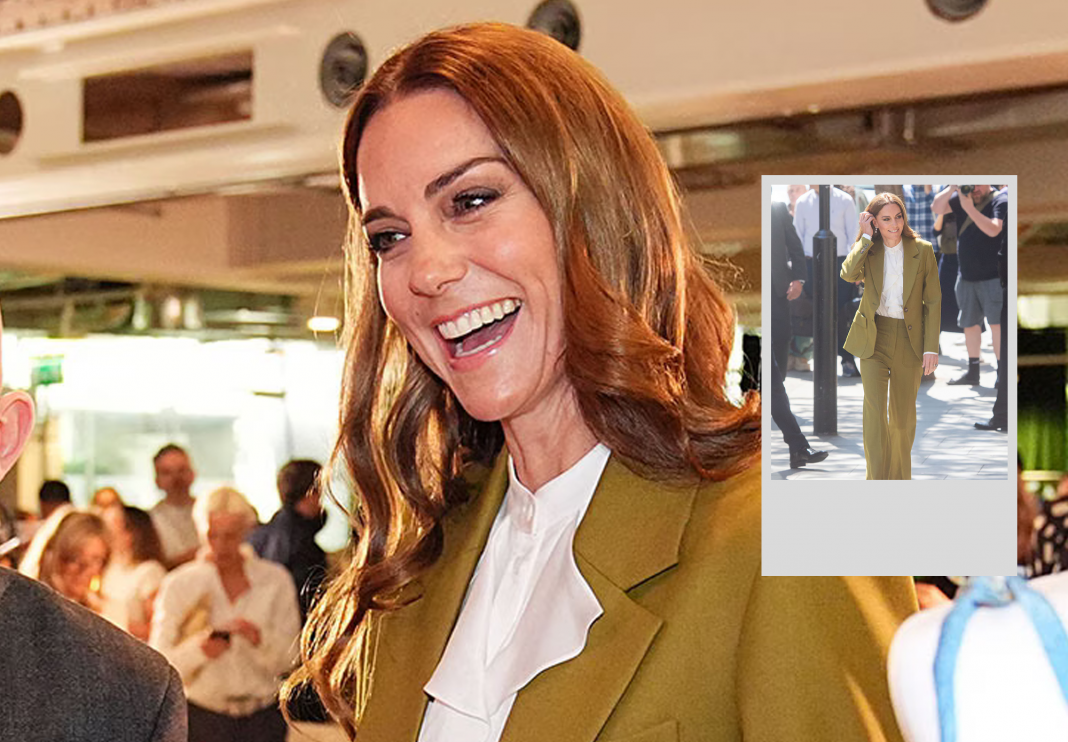The Met Gala has long been a parade of couture opulence, where designers dress celebrities in increasingly surrealist, sculptural interpretations of a chosen theme. But in 2025, something deeper, more personal, and palpably powerful happened beneath the surface glamor. The gala’s theme — “Superfine: Tailoring Black Style” — was not just an invitation to explore suits or dandy aesthetics. It became a long-overdue tribute to Black culture, artistry, and especially, Black beauty. Hair sculpted like fine architecture, skin glowing in melanin-rich hues, and textures that spanned locs, waves, and towering Afros defined the event far more than designer tags.
Beauty didn’t arrive on the red carpet — which was, in a fitting twist, blue and daffodil-printed — until later in the day. Under Manhattan’s overcast skies, stars slowly emerged in crafted interpretations of the theme, some subtle, some extravagant. But when Black beauty entered, it did so with reverence and radiance. It was not just part of the gala — it was the gala.
Black hair took center stage
Hair was the evening’s most expressive medium. For Black artists, hair has long been a canvas, protest, and crown — and Monday night proved why. From sculpted updos to gravity-defying braids, each look was a declaration of heritage, innovation, and pride. Jasmine Tookes arrived with Harlem Renaissance-style finger waves by celebrity stylist Kim Kimble, evoking a bygone era of elegance made modern. Coco Jones turned heads with a floor-sweeping braid, which she carried like a dandy’s cane — part accessory, part attitude.
Ego Nwodim’s hair was shaped like a church hat mid-hallelujah. Crafted by Miles Jeffries, it looked ready to fly, or preach, or both. Josephine Baker, the timeless Black performer and activist, served as a muse to many. Megan Thee Stallion paid homage with a high, sleek ponytail studded in diamonds. Simone Biles borrowed Baker’s signature swoop bang, glistening under the camera lights. Each reference felt deliberate — not nostalgia, but continuity.
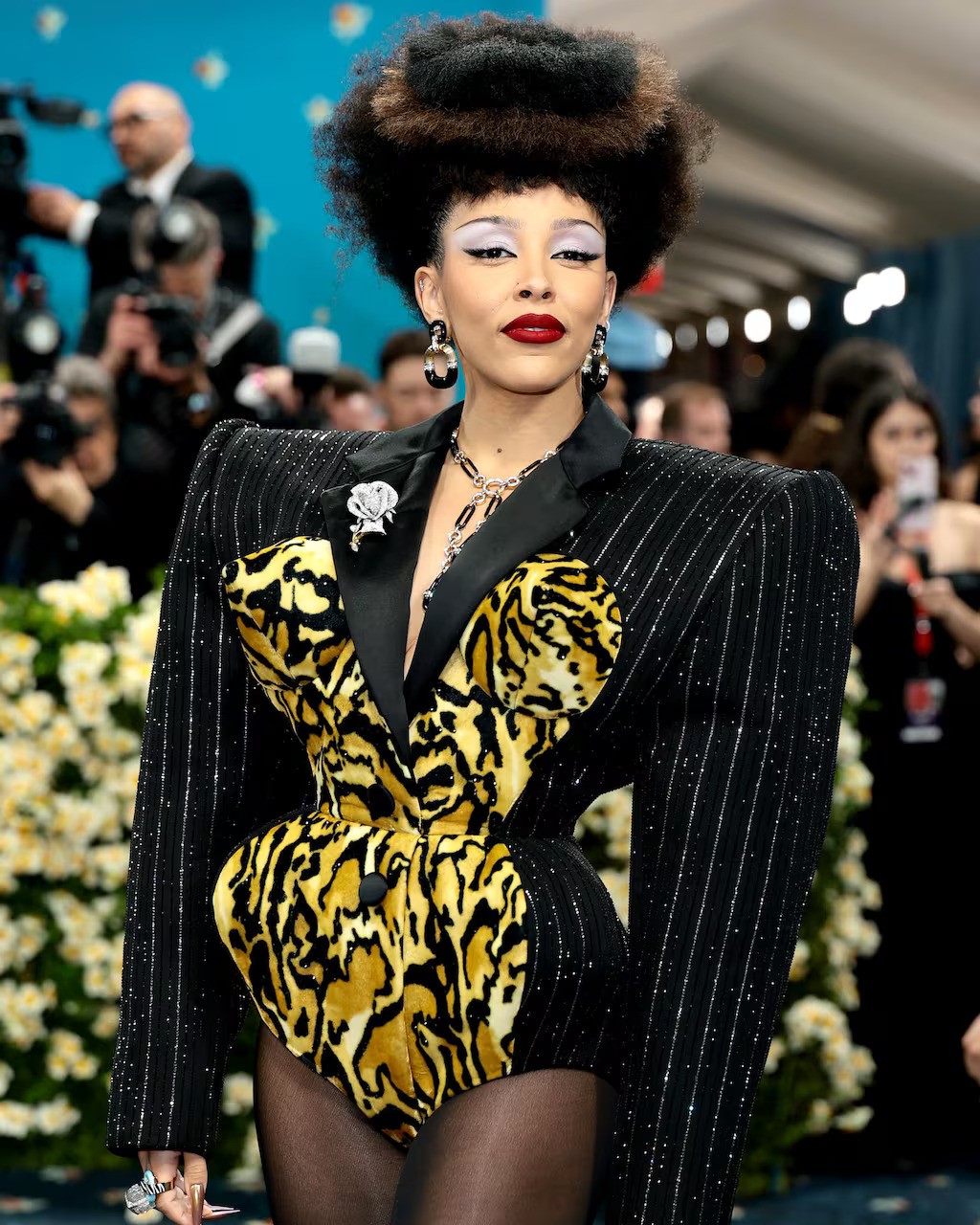
Pat McGrath, makeup’s reigning queen, left her imprint on several faces, notably Doja Cat, whose Afro-hawk, styled by Vernon François, paired with her Marc Jacobs ensemble like poetry. McGrath’s makeup added a pop of red lip and soft powder-blue eyes, an echo of Black futurism layered with old-school glam.
Before the gala, a cultural prelude
The celebration of Black beauty didn’t start on the carpet. Just days prior, in downtown Manhattan, the Black Hair Reimagined Hair Show brought the same energy to an underground runway. Hosted at Water Street Associates, a chic members-only venue, the event was spearheaded by Jrod Lacks — a former Allure fashion editor turned founder of Echelon Noir — alongside longtime friend and famed stylist Jawara Wauchope.
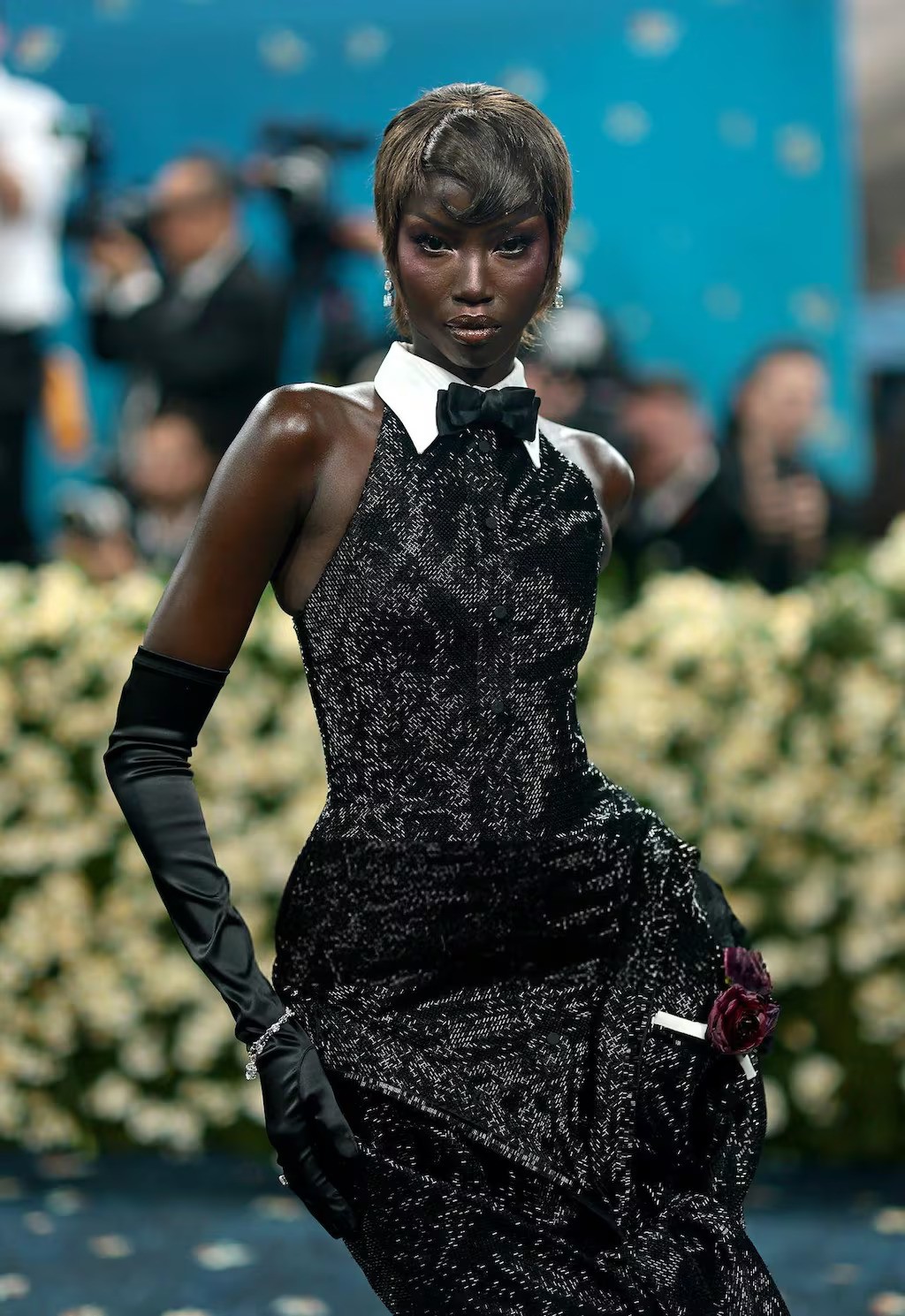
“We wanted to channel the magic of old-school Black hair shows,” Lacks said, citing Bronner Brothers expos and sizzling hot combs as foundational inspiration. The event was more than spectacle — it was a throwback and a cultural touchstone. Stylists like Vernon François, Yusef Williams, Malcolm Marquez, and Cyndia Harvey competed in sculptural brilliance, delivering looks that reappeared, refined, at the Met Gala itself.
“There was no better time to uplift Black hair and the culture around it,” Wauchope noted. In a political climate rife with racial tension and cultural erasure, hair became a reclamation. In shape and shine, it defied conformity and dared to stand tall — quite literally.
Tailoring identity: Beyond the suit
Though tailoring was the theme, few guests played it safe with traditional menswear. For many, tailoring became metaphor — not just of stitched seams, but of identity crafted and worn with pride. A$AP Rocky, one of the evening’s co-chairs, arrived in serpent-like braids and a razor-sharp mustache, courtesy of barber Chaz Hazlitt and grooming brand Bevel. “I wanted to give a little Harlem Nights,” Rocky said, spinning in place to cheers from Teyana Taylor and Ego Nwodim.
The tailoring was not just on the garments but in the details: edge-ups as crisp as lapels, braids laid with the precision of double seams, and baby hairs swirled like embroidery. It was about creating a total look — from scalp to sole — rooted in history, elevated by craft.
No one captured that fusion better than country music breakout Shaboozey. Making his Met Gala debut, he wore a tuxedo adorned with turquoise beading and matching grills, blending cowboy folklore with dandy refinement. In a single frame, he embodied what the night was truly about: Blackness tailored exquisitely and proudly for the world to see.
The beauty of cultural ownership
What made this Met Gala remarkable wasn’t just how beautiful the guests looked — but how intentional it all felt. For decades, Black beauty has been appropriated, diluted, or ignored in elite fashion spaces. Monday night flipped that script. Here, Black stylists weren’t backstage labor — they were architects of the night’s most talked-about moments. Hair wasn’t “done,” it was designed. Faces weren’t painted, they were composed.
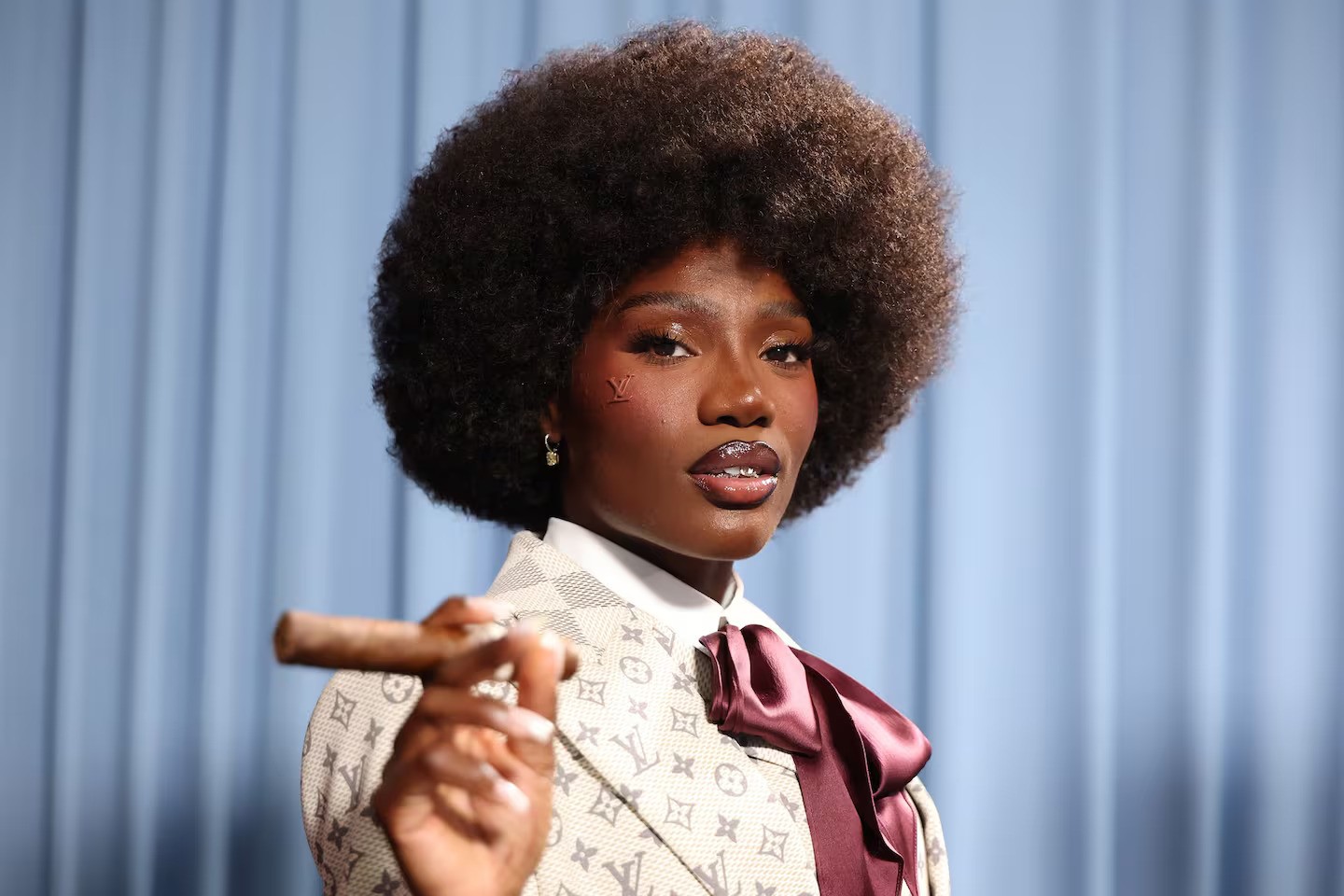
This was a gala that didn’t just include Black beauty — it was structured around it. It gave space for hair textures once deemed “unprofessional,” for skin tones once left out of foundation ranges, for forms of self-expression too often dismissed. It wasn’t performative; it was celebratory. A correction. A coronation.
And as cameras clicked, and praise poured in online, the message rang clear: Black beauty isn’t a trend, nor a sidebar to fashion. It is fashion. It leads, innovates, and inspires. The Met Gala simply caught up.




